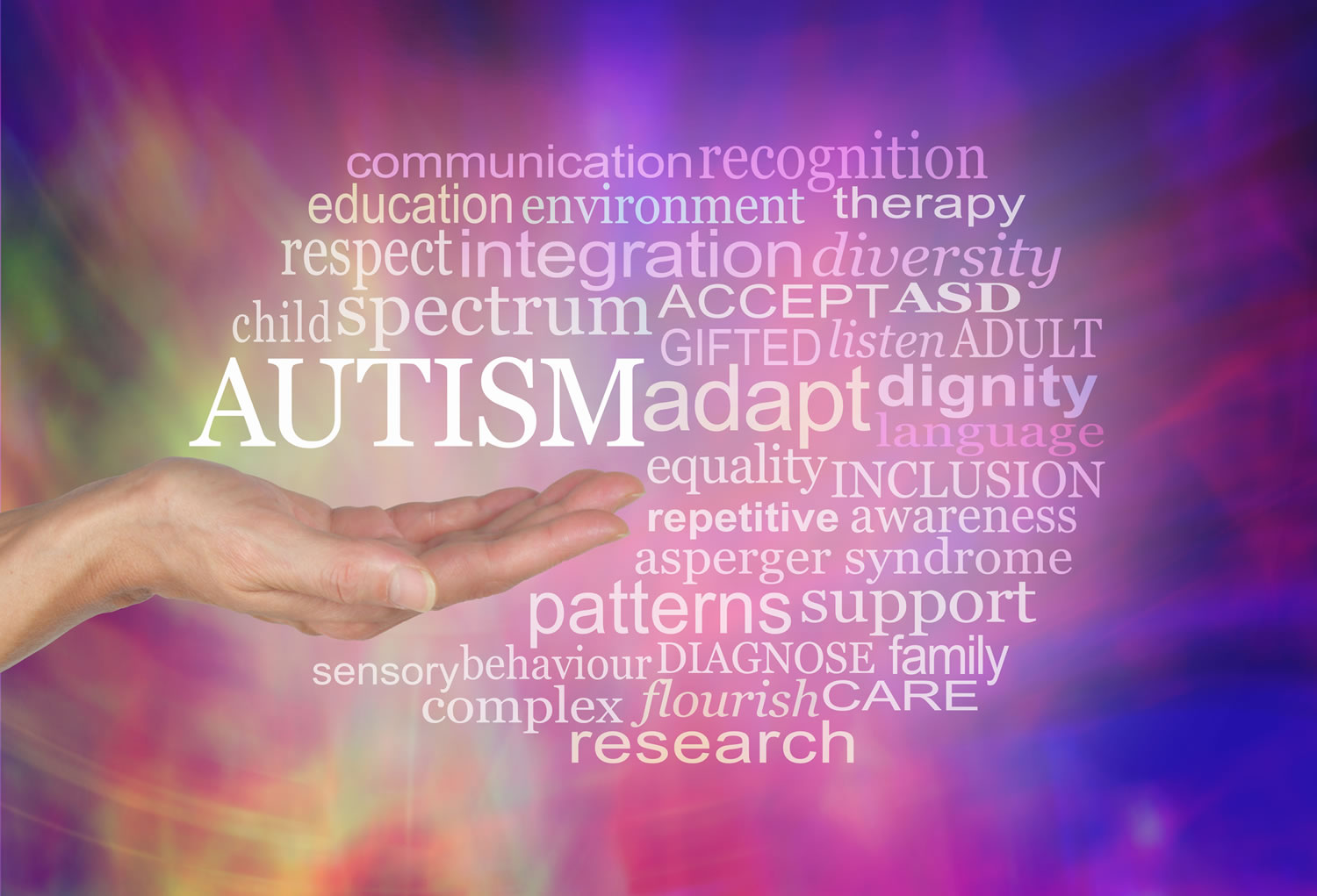Research into autism and sibling age gap
Published on Wednesday, 10 November 2021
Last updated on Tuesday, 09 November 2021

There are lots of reasons why parents might have a large or small gap between their children.
Some people like the idea of having kids close together to get the nappies and sleepless nights out of the way in one go, while others prefer to have a breather between pregnancies. Some parents choose to replicate the age gap between their own siblings or conceive when the time is right for work and life. And for others, an age gap isn’t chosen at all – a baby just happens.
Now, new research suggests that age gap can have a bearing on how likely it is that a child will be diagnosed with autism when they have an autistic sibling.
Autism is a life-long neurodevelopmental condition that affects how people see, hear and feel the world, so let’s see what this research means for pregnancy timing, particularly in families with an increased risk of autism.
What did the research involve?
Australia’s Curtin University and the Telethon Kids Institute worked together to investigate 925,523 births in Denmark, Finland and Sweden, between 1998 and 2007.
These high-income countries have universal healthcare and generous paid parental leave, and out of all those single-baby births, more than 9,300 of them later resulted in a child being diagnosed with autistic spectrum disorder.
What do we now know about autism and pregnancy spacing?
After studying all those births, the researchers found a ‘significant – and surprising’ link between age gap and a sibling’s chance of being diagnosed with autism, like their brother or sister.
Specifically, lead author, Professor Gavin Pereira says, ‘Our research found that the siblings of children with autism were less likely to be diagnosed on the [autism] spectrum if there was a 30 to 39-month gap between both pregnancies.’
The autism spectrum disorder risk was lowest at 35 months for all three countries combined (with the ideal gap sitting at 30 months in Denmark, 33 months in Finland and 39 months in Sweden). And Professor Pereira says, ‘Waiting [this] 2.5 to three years to conceive another child was considered the optimum timeframe, potentially preventing five per cent of cases of autism in Denmark, eight per cent in Finland and nine per cent in Sweden, on average.’
Conversely, the researchers found that waiting minimal time between pregnancies greatly increased the chance of a sibling’s autism diagnosis, and a larger age gap also increased the likelihood of a diagnosis.
Professor Pereira says, ‘Across the general population, this study … showed that children born to mothers who became pregnant again three months after giving birth had a 50 per cent higher chance of being diagnosed with autism, and those born five years later had a 24 per cent greater chance.’
What can families take away from this research?
Co-author, Associate Professor Helen Leonard, says the findings are most relevant to families with an increased risk of autism (for example, because of a genetic history of brain conditions).
However, she cautions that, ‘Couples seeking advice on pregnancy spacing should always consult with their medical provider for advice on their individual circumstances.’
It’s also worth remembering that the optimal timeframes for pregnancy gap differed between Denmark, Finland and Sweden, and New Zealand births weren’t studied as part of this research.
It is thought that autism spectrum disorder affects one in 100 Kiwis, so if you’re worried about your child’s development, or think they might have the disorder, it’s important to speak with a health professional earlier rather than later (whether you’re planning to have another baby or not).
There’s information and support available from places like Altogether Autism, Autism New Zealand and the Ministry of Health.
Reference
Related Articles

How early intervention can support children with autism
Although autism is usually diagnosed when a child is two or older, some youngsters exhibit signs of this condition well before their official diagnosis.

Early childhood autism breakthrough
Telethon Kids Institute research into autism reveals promising results.
